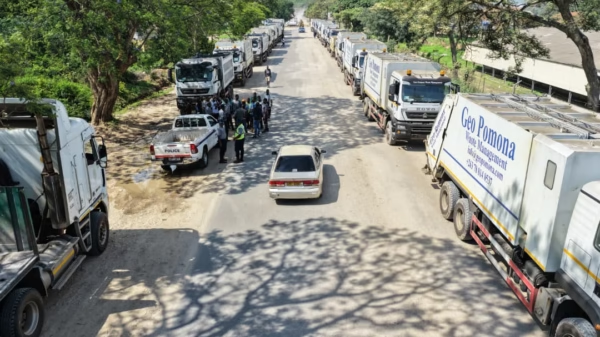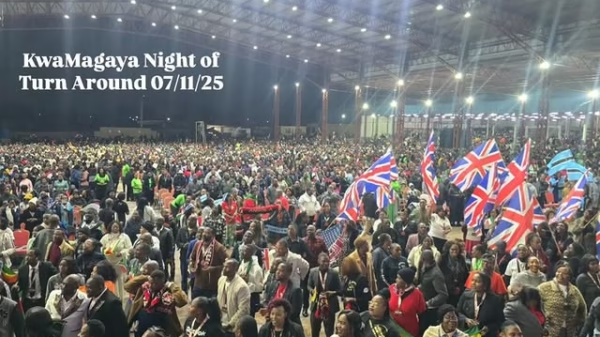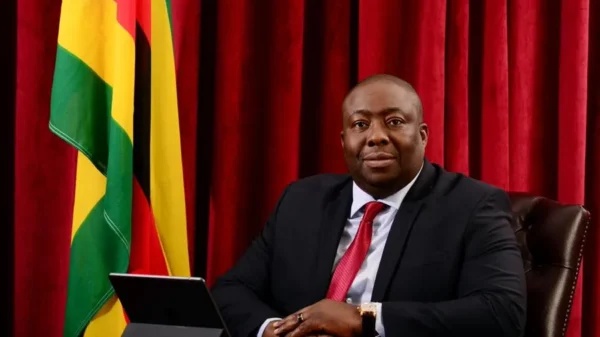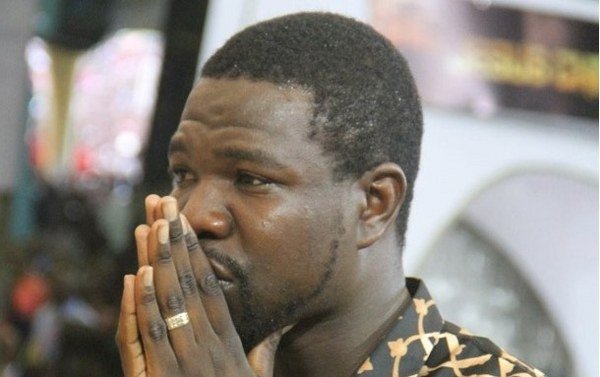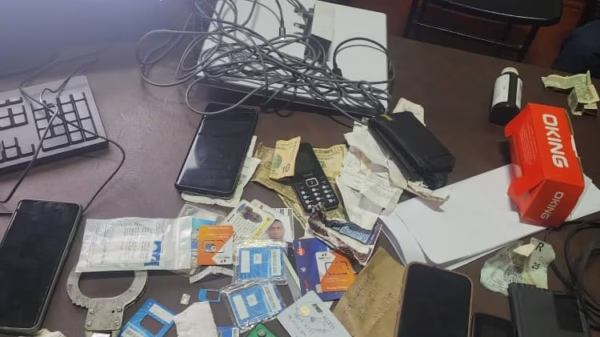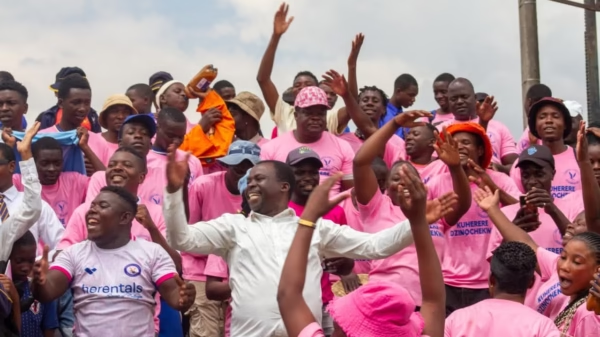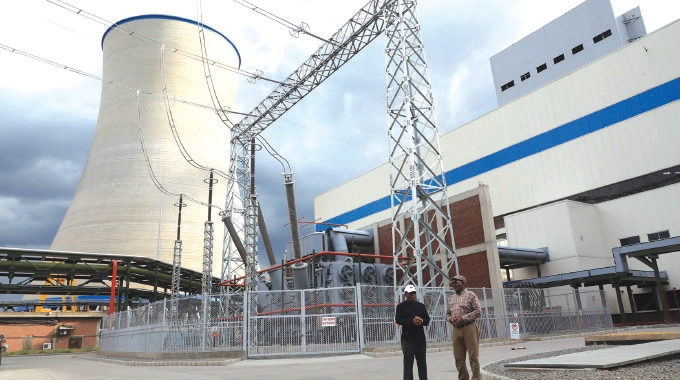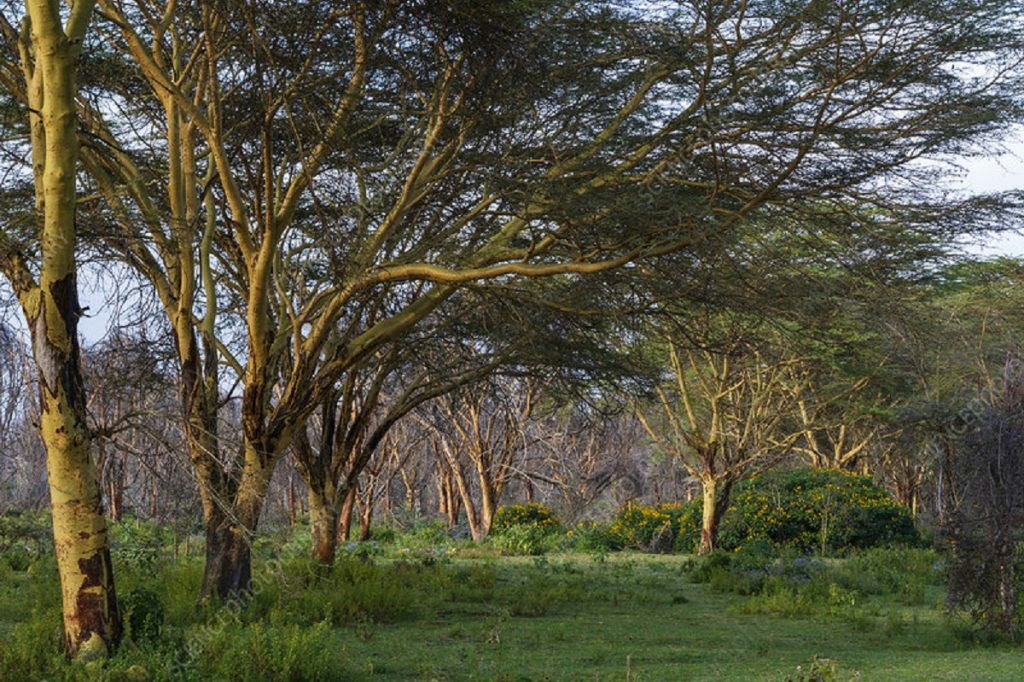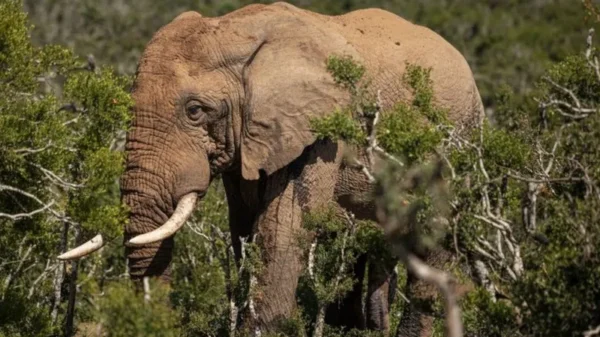As the government takes steps to reduce load-shedding, which will increase industrial productivity, Hwange Thermal Power Station Unit 7, which was recently removed off the national grid for confirmation testing, was successfully put back on the grid on Monday.
This added 300MW to the national output.
Following the successful synchronization of Hwange Unit 7, Zimbabwe has seen higher electricity generation since the end of March.
An statement from the Zimbabwe Electricity Transmission and Distribution Company (ZETDC) stated that the 300MW Hwange Unit 7 has been withdrawn from the grid for system evaluation prior to starting the final commissioning phase.
The official integration was confirmed by the ZETDC’s contractor on its official website.
“Unit #7 of Hwange Power Plants was officially integrated into the national grid, adding 300MW of electricity to the national grid,” said Power China Zimbabwe, the Chinese company that carried out the installation.
Hwange Power Station’s Unit 7 was first synchronised with the system on March 20 before it went through various stages of testing.
Zimbabwe has been facing power outages that have seen businesses and households endure lengthy hours per day without electricity.
Two 300MW units, Units 7 and 8, are being added to the Hwange power plant, with funding primarily coming from China.
Unit 8 is anticipated to start producing power in October this year.
The Hwange Thermal Power Station expansion project began in 2018 and was delayed due to the Covid-19 outbreak.
Energy and Power Development Minister Soda Zhemu last week confirmed that Hwange Thermal Power Station Unit 7, which was recently taken off the national grid for further tests, will be back online on Monday, adding 300MW to the national output
“It was being run on commissioning tests where they were testing the turbine running capacity, which was successful and also the boiler hydraulics,” he said.
“What happened is that after running it for the period of the tests, they took it out of the grid in order for technicians to do evaluations before the unit is run on commercial basis.”
Minister Zhemu said when Unit 8 synchronisation started, engineers discovered after about three hours that there was an area they needed to attend to and it was taken off the grid.
“They have been working on the unit and according to what they had pre-determined at a time when they took it off the grid, the unit was supposed to be tied back to the grid today (Thursday),” he said.
Minister Zhemu said he was yet to hear from the power utility whether that had happened.
“We now expect that we will be having a contribution of 600 megawatts that will be coming from the expansion project any time before the end of this month, the 300 megawatts coming on commercial availability and the 300 megawatts from Unit 8 still on commercial test,” he said.
Minister Zhemu said the additional 600 megawatts will enhance power availability given that in Kariba, there has been an increase in generation following additional water allocation, which was made after the two utilities, ZESCO and ZESA, met the Zambezi River Authority (ZRA) who manage the water resources.
Coupled with increased water allocations at Kariba Hydro Power Station, the country’s electricity situation has steadily improved with combined output hovering around 1 200MW, recovering from the lowest of below 400MW early this year.

For comments, Feedback and Opinions do get in touch with our editor on WhatsApp: +44 7949 297606.




